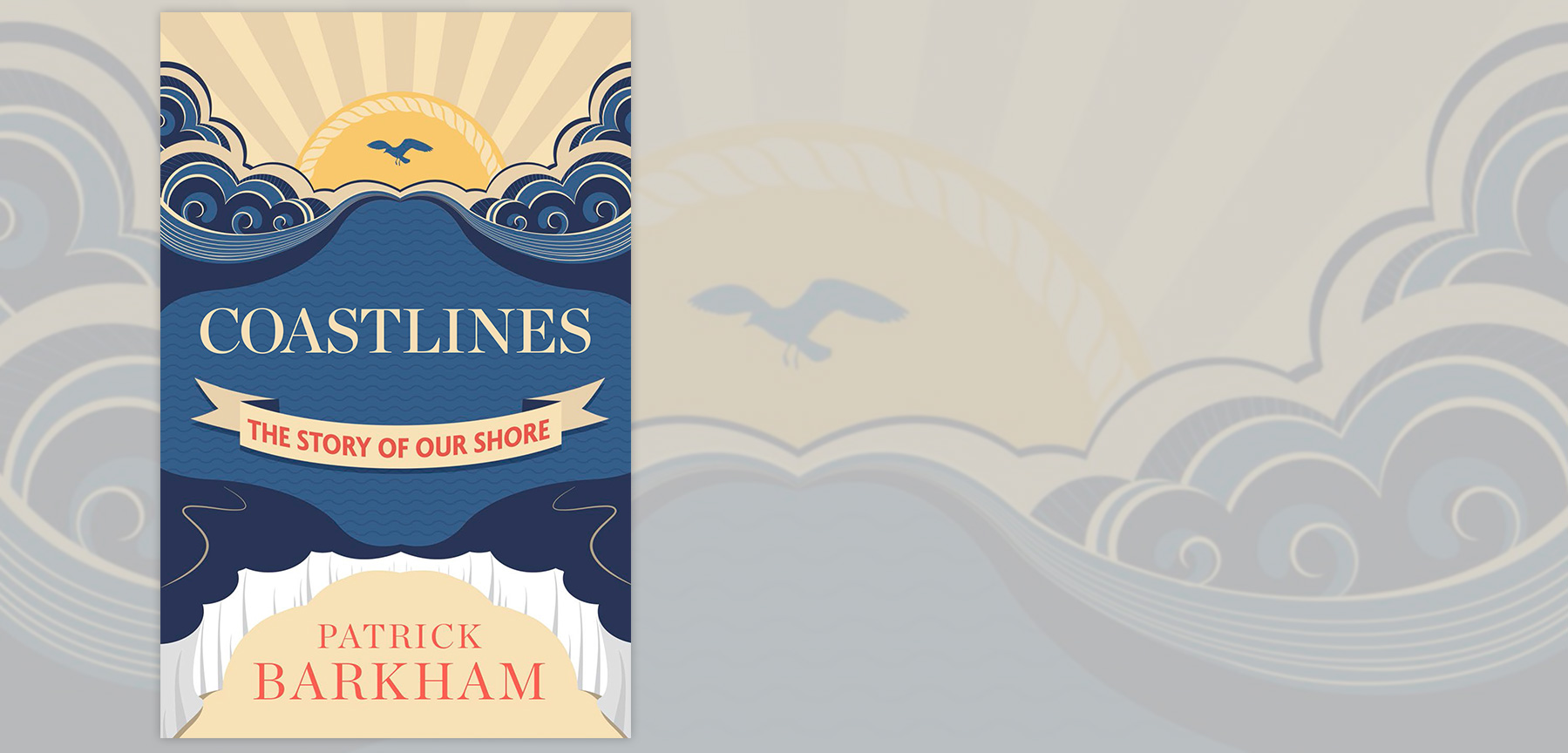Book Review: Coastlines
A nature journalist explores the practical and metaphorical meanings of the British coast.
Article body copy
Composed of myriad wiggles and turns, Britain’s coastline is 17,381 kilometers long, and no matter where one travels, the sea is never much more than 110 kilometers away. In Coastlines: The Story of Our Shore, journalist Patrick Barkham of the Guardian blends science, history, and biography as he travels sections of the British coast protected through Enterprise Neptune, a National Trust campaign celebrating its 50th anniversary this year.
Humanity’s love of the sea seems to be innate; after all, as Barkham notes, “we came out of the sea…and are 66 percent, or thereabouts, water.” Barkham’s structural approach is unconventional: neither chronological nor geographical, but thematic. In sections on childhood, war, work, art, and faith, he highlights the many practical and metaphorical roles the coast has played in the British story. For example, in the chapter on childhood, he recounts his attempts to instill a love of the seaside in his twin daughters and remembers a time when his parents confronted seabird-egg thieves on a family vacation to Scolt, Norfolk.
From Brownsea Island, a haven for red squirrels, to Lindisfarne, a sacred island associated with Saints Aidan and Cuthbert, the British coast has a colorful history that Barkham unspools over the course of his visits. Along the way, he brings us the coast in all its guises. Romantic notions, for instance, still adhere to the coast, as Barkham notes when discussing the enduring popularity of The French Lieutenant’s Woman and stormy love stories from Thomas Hardy and Daphne du Maurier.
And, of course, there is a darker side to coastal regions, evident when Barkham stays at Orford Ness, Suffolk, site of Cold War atomic experiments, or visits coastal forts, towers, and other relics of Britain’s martial past. Along the way, he explores how erosion, flooding, and climate change alter the coast irrevocably, but he also points to hopeful developments such as marine reserves, offshore wind turbines, and managed realignment (the removal of sea defenses to let the ocean in).
Although it provides useful information on train stations and walking routes, Coastlines is no adventuresome travel book. Rather, it is more of a tame stroll through the beaches and historic sites run by the National Trust. This may be a handy way of narrowing down an enormous subject, but it means the choices of location often feel arbitrary. The themes are not quite strong enough to pull the book together, but Barkham succeeds in evoking the mysterious grandeur of the coast: “it is unchanging while we scurry about; our time is short but the waves and rocks have all the time in the world.”
Coastlines: The Story of Our Shore
By Patrick Barkham
368 pp. Granta Books

